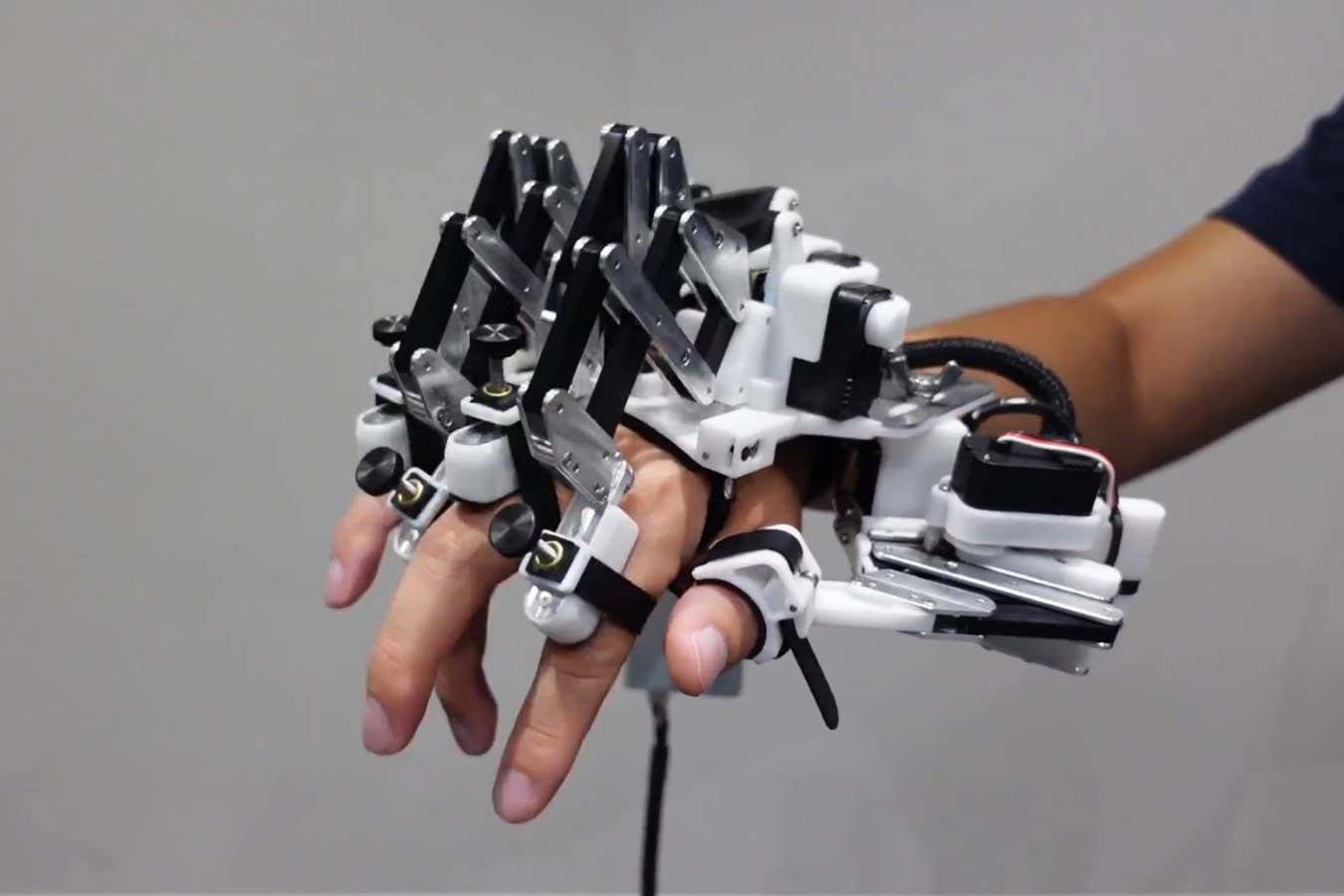People “are likely to continue working full-time even if they receive no-strings-attached universal basic income payments,” reports CNN, citing results from a recent experiment in Germany (discussed on Slashdot in 2020): Mein Grundeinkommen (My Basic Income), the Berlin-based non-profit that ran the German study, followed 122 people for three years. From June 2021 to May 2024, this group received an unconditional sum of €1,200 ($1,365) per month. The study focused on people aged between 21 and 40 who lived alone and already earned between 1,100 euros (around $1,250) and 2,600 euros ($2,950) a month. They were free to use the extra money from the study on anything they wanted. Over the course of three years, the only condition was that they had to fill out a questionnaire every six months that asked about different areas of their lives, including their financial situation, work patterns, mental well-being and social engagement.
One concern voiced by critics is that receiving a basic income could make people less inclined to work. But the Grundeinkommen study suggests that may not be the case at all. It found that receiving a basic income was not a reason for people to quit their jobs. On average, study participants worked 40 hours a week and stayed in employment — identical to the study’s control group, which received no payment. “We find no evidence that people love doing nothing,” Susann Fiedler, a professor at the Vienna University of Economics and Business who was involved with the study, said on the study’s website.
Unlike the control group, those receiving a basic income were more likely to change jobs or enroll in further education. They reported greater satisfaction in their working life — and were “significantly” more satisfied with their income…
And can more money buy happiness? According to the study, the recipients of a basic income reported feeling that their lives were “more valuable and meaningful” and felt a clear improvement in their mental health.
Source: Germany’s ‘Universal Basic Income’ Experiment Proves It Doesn’t Encourage Unmployment









